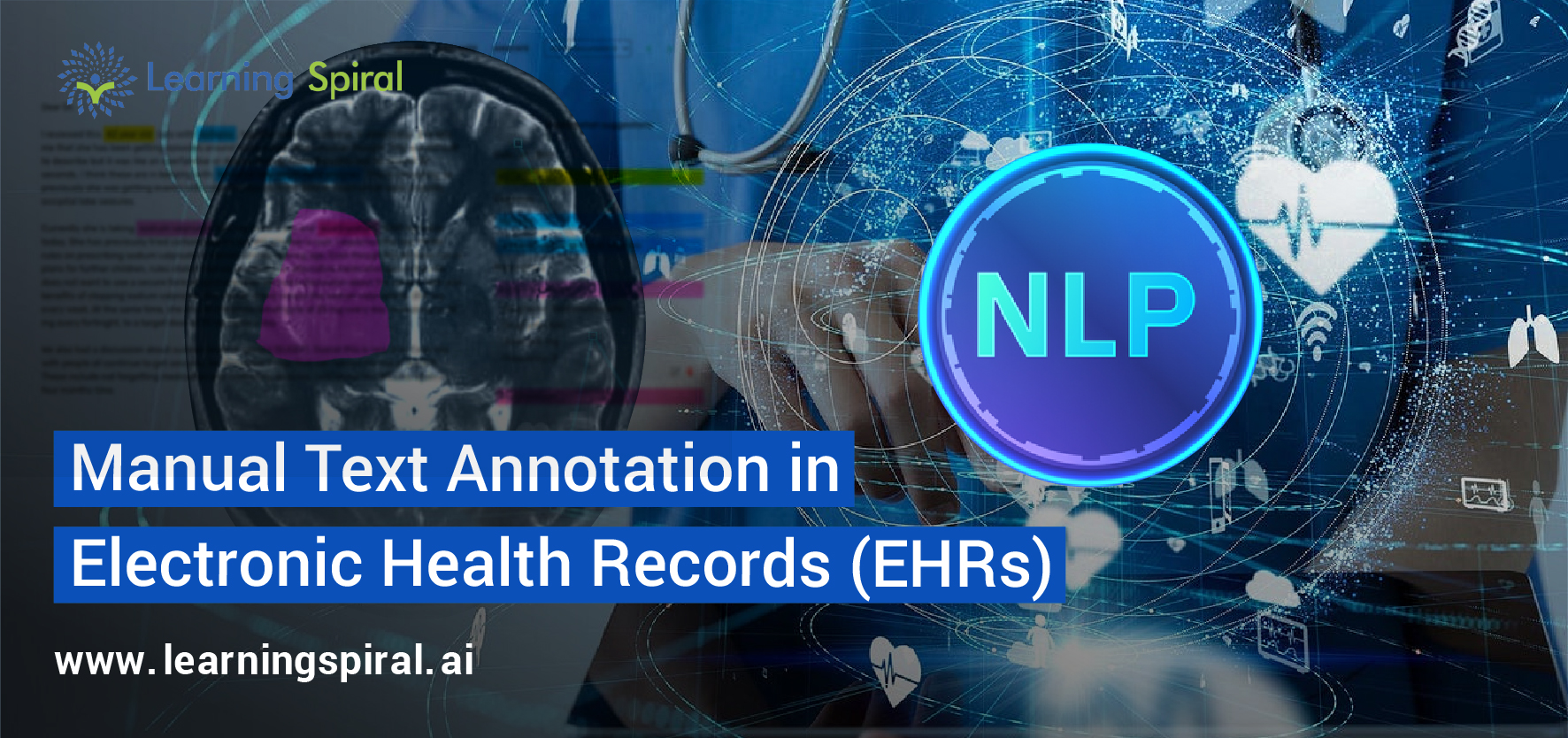
Manual Text Annotation in EHRs is the cornerstone of transforming unstructured clinical data into structured, actionable insights. Electronic Health Records (EHRs) contain patient histories, diagnoses, prescriptions, and treatment notes, but much of this data is recorded in free text. Without precise annotation, AI models struggle to interpret complex medical terminologies and abbreviations.
By applying manual text annotation in EHRs, healthcare providers and AI developers can unlock data that fuels clinical decision support systems, patient risk prediction models, and automated medical coding workflows.
Why Manual Text Annotation in EHRs Is Essential
Even with advancements in automation, human expertise remains critical in healthcare AI. Here’s why manual text annotation in EHRs is irreplaceable:
- Accurate interpretation of medical terms – Annotators ensure that AI understands abbreviations, acronyms, and context-specific language.
- Improved clinical decision-making – Structured annotations help AI recommend accurate diagnoses and treatments.
- Reliable patient risk predictions – Annotated records provide stronger datasets for predictive modeling.
- Compliance and coding – Proper annotation ensures billing codes and compliance workflows are error-free.
In healthcare, precision saves lives — making human-driven annotation a non-negotiable step in training reliable AI systems.
Learning Spiral AI’s Role in Manual Text Annotation in EHRs
At Learning Spiral AI, we specialize in manual text annotation in EHRs with a focus on healthcare-specific complexities. Our team ensures:
- Domain expertise – Annotators trained in medical language and compliance.
- Quality assurance – Multi-level quality checks for 100% accuracy.
- Data security – Confidential handling of sensitive patient information.
- Scalable solutions – From small research projects to enterprise-level datasets.
In addition to text annotation, Learning Spiral AI delivers comprehensive data annotation services for:
- Medical Imaging – Annotating MRI, CT scans, and X-rays
- Autonomous Vehicles – LiDAR, bounding boxes, semantic segmentation
- E-Commerce – Product categorization, visual search tagging
- Surveillance – Object detection, video activity monitoring
The Impact of Manual Text Annotation in EHRs
When done right, manual text annotation in EHRs helps AI systems achieve:
- Faster clinical insights
- Smarter healthcare workflows
- Better patient outcomes
- Stronger AI-powered innovations
By combining human intelligence with structured healthcare data, annotation bridges the gap between raw text and meaningful AI applications.
Conclusion
In the world of healthcare AI, Manual Text Annotation in EHRs is more than just a process — it’s a necessity. Without accurate annotations, raw medical records remain locked, preventing AI from delivering life-saving insights.
At Learning Spiral AI, we ensure that EHR data is annotated with precision, security, and scalability. From decision support to risk prediction and automated coding, our solutions empower hospitals, research institutes, and AI companies to unlock the full potential of healthcare data.
✨ Learning Spiral AI — transforming raw EHR data into smarter healthcare AI, one annotated record at a time.

